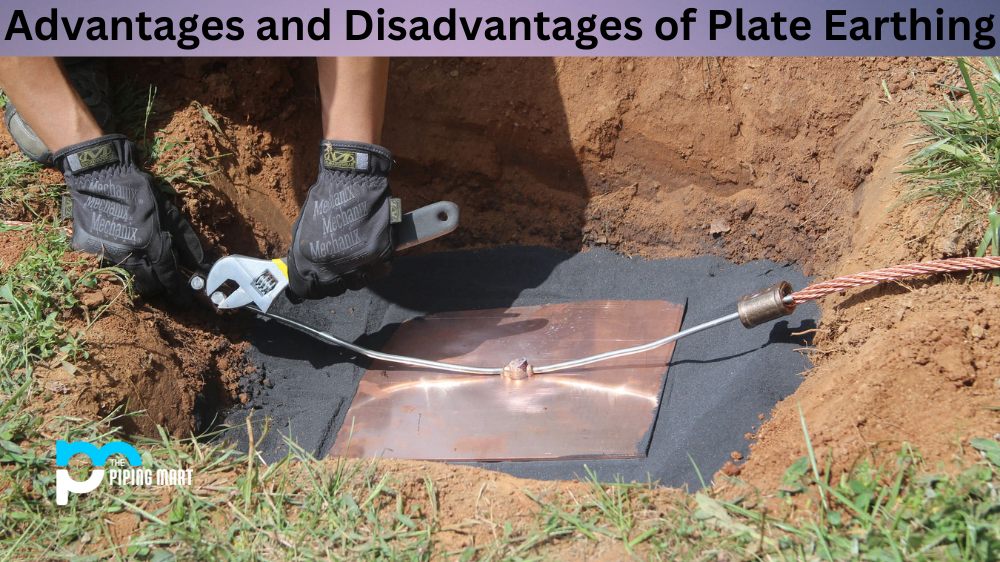The radiator is a show-off when it comes to engine cooling. It takes up prime real estate on the front row, getting the nicest wind and dominating the conversation. Everyone is aware of it when it bursts in a cloud of coolant and steam.
The importance of engine valves (especially the exhaust valves) in keeping an engine cool should not be disregarded. The exhaust valves absorb 75% of the heat generated in the combustion chamber, and the valve seats’ job is to assist cool them down by pulling heat away from the valves and directing it towards the cylinder head.
A valve seat has multiple functions
It must support and seal the valve when it shuts, it must keep the valve cold, and it must resist wear and recession. As a result, a performance valve seat material should give some dampening to assist in cushioning the valve as it shuts at high rpm. Because intake valves are bigger, heavier, and close at a faster pace than exhaust valves, very hard materials are not the ideal choice, especially on the intake side.
Reasons for valves failure:
Seats Are under a Lot of Strain, which shows itself in three distinct ways.
- Thermal stress occurs as the cylinder head expands and contracts throughout its typical operating cycle (cold start, warm-up, operation, and shutdown).
- Frictional stress occurs largely between the valve stem and the guide when the valve opens and closes, but it may also be visible between the valve and the seat owing to the relative motion of the valve;
- The force of the valve contacting the seat as it opens and closes is known as impact stress.
AWFUL MATERIAL SELECTION
Valve seats are made out of various polymeric materials. Failure might result from selecting the incorrect material for the job. The valve seat material must meet varied specifications depending on the application and operating circumstances. Prior to deciding on the material, it’s critical to research the physical attributes of the various options to guarantee the best option is picked for a certain application.
IMPROPER SEAT CONSTRUCTION
The most crucial portion of the valves is the valve seat. If we see it in an easy way, if the valve isn’t functioning, it isn’t functioning simply as that. The repercussions might be severe, ranging from minor leaks to a short lifespan to catastrophic collapse. This can have explosive and life-threatening repercussions depending on the media and setting.
FAILURE TO UNDERSTAND THE BEHAVIOR OF MATERIALS AT PRESSURE AND TEMPERATURE
The medium, the pressure at which the valves will operate, and the temperature range of the application must all be considered when choosing the right material for your valve seats. The valve seats and the valve will be affected by high and low temperatures and pressures, as well as combinations of both. Not taking these elements into consideration is a typical cause of failure.
FLOW OF COLD WATER
One of the used materials for valve seats is PTFE. It’s chemically inert, has a wide range of temperature applications, and has excellent sealing properties. On the other hand, PTFE’s cold flow resistance is a disadvantage. Similar to point 5, the cold flow of the seat material during cycling and use can cause a valve’s function to degrade over time, eventually leading to failure. This might be avoided by using proper seat design and a filled PTFE grade that is less vulnerable to cold flow.
CARRIER DESIGN FOR SOFT SEAT IS POOR
In many soft-seat valves, the valve seat insert is pressed or molded into the outer metallic seat carrier. There are several advantages to this sort of design, but if it is done incorrectly, you may find yourself chasing your tail, trying to figure out why your seats are failing when the problem is actually the seat carrier design. Valve seat failure can be caused by a seat carrier that is poorly designed.
DEFORMATION THAT IS PERMANENT
When employing soft seats for very high-pressure applications, a valve setup technique is frequently necessary. This is a technique in which the valve is continuously activated as part of the manufacturing process in order to produce the permanent deformation in the seat that is expected to occur during normal operation. The valve is then repaired and formed to the specifications necessary for continued operation.
Failure to comprehend the early and persistent deformation of valve seat materials can frequently result in a valve failing via its seat, not the first time it is used, but over time. This perplexes manufacturers who have thoroughly tested valves in their facilities only to discover that they are defective when deployed.
FRICTION EXCESSIVE
The torque required to turn the ball valve is directly affected by the friction between the seats and the ball. A minimum seal force is necessary for a ball valve to avoid leaking. On the other side, excessive circumferential seal force can help to wear and increase torque requirements. The increasing pressure between the seat and the ball as the temperature rises helps to generate increased friction.

Pipingmart is B2B portal specializes in industrial, metal and piping products. Also, share latest information and news related to products, materials and different types grades to help business dealing in this industry.




